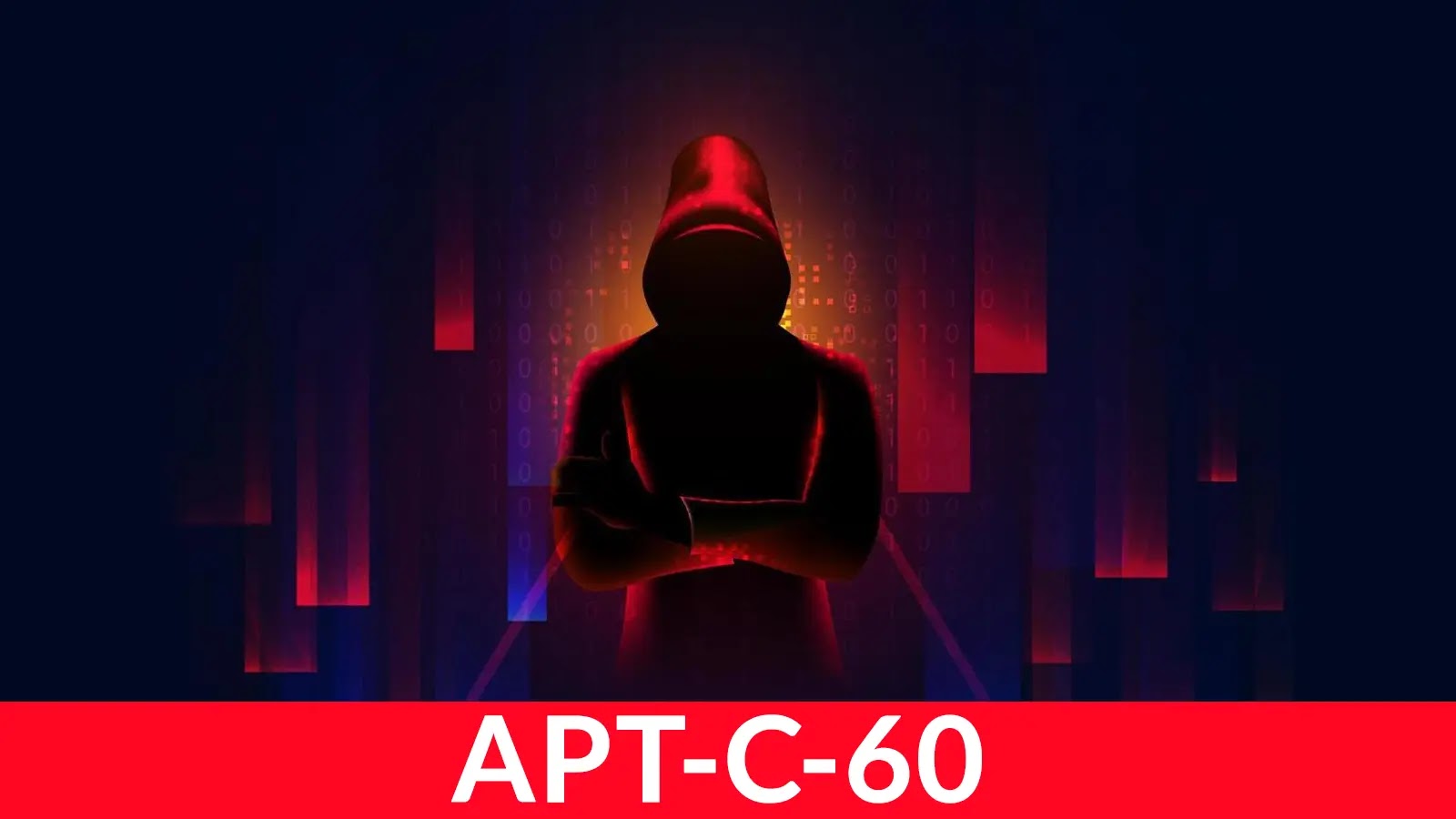
APT-C-60 Attacking Job Seekers to Download Weaponized VHDX File from Google Drive to Steal Sensitive Data
Recruitment professionals operate at the heart of an organization’s growth, making critical hiring decisions daily. Unfortunately, this pivotal role also positions them as prime targets for sophisticated cyber threats. A recent campaign by the formidable APT-C-60 threat group highlights this vulnerability, showcasing how they are weaponizing seemingly innocuous job applications to compromise corporate networks and steal sensitive data.
APT-C-60’s Deceptive Recruitment Tactics
The APT-C-60 group has launched a highly targeted espionage campaign, masquerading as legitimate job seekers to infiltrate organizations. Their primary method involves spear-phishing emails sent directly to recruitment staff. These emails leverage trust relationships, exploiting the very nature of the recruitment process to deliver malicious payloads.
Initially, APT-C-60’s strategy involved directing victims to download weaponized Virtual Hard Disk (VHDX) files directly from Google Drive. A VHDX file, typically used for virtual machines, can be mounted as a disk drive on a Windows system. When weaponized, these files contain malicious scripts or executables designed to run upon mounting or interaction.
The VHDX Threat: A Deep Dive
A VHDX file functions as a virtual hard disk, allowing users to store data, operating systems, and applications within a single file. For legitimate purposes, this offers flexibility for virtual environments. However, in the hands of threat actors like APT-C-60, it becomes a potent delivery mechanism for malware.
When a recruitment professional, believing they are accessing a candidate’s portfolio or resume, downloads and mounts these malicious VHDX files, they inadvertently expose their system. The contained malware can then execute, leading to:
- Data Exfiltration: Stealing sensitive company data, intellectual property, or personal employee information.
- System Compromise: Establishing a backdoor for persistent access to the network.
- Lateral Movement: Spreading to other systems within the organization.
- Credential Theft: Capturing login credentials for various services.
The use of Google Drive as a distribution platform adds another layer of evasion, as it’s a widely trusted service, often circumventing basic email security filters that might flag unknown attachments.
Understanding APT-C-60’s Objectives
APT-C-60 is a sophisticated threat actor primarily focused on espionage. Their objectives typically revolve around acquiring sensitive information, which could range from state secrets to corporate intellectual property, depending on their ultimate sponsors. By targeting recruitment professionals, they gain an initial foothold into organizations, which can then be leveraged to achieve broader strategic goals.
This tactic demonstrates a deep understanding of organizational structures and human psychology, capitalizing on the need for recruiters to review external files and communicate with unknown individuals.
Remediation Actions and Defensive Strategies
Protecting an organization from sophisticated attacks like those perpetrated by APT-C-60 requires a multi-layered defense strategy. Here are crucial steps and best practices:
- Employee Training: Conduct regular, up-to-date cybersecurity awareness training for all employees, especially recruitment staff. Emphasize identifying spear-phishing attempts, suspicious attachments, and unusual download requests. Explain the dangers of VHDX files and external links.
- Email Security Gateways: Implement advanced email security solutions that can detect and quarantine malicious links, suspicious attachments, and impersonation attempts. Configure them to scan all incoming attachments, including those hosted on trusted cloud services if possible.
- Endpoint Detection and Response (EDR): Deploy EDR solutions on all endpoints. These tools can detect unusual activity, such as a newly mounted VHDX file executing suspicious scripts, and provide rapid response capabilities.
- Restrict VHDX Mounting: Consider implementing Group Policies or Endpoint Protection rules to restrict the automatic mounting of VHDX files from untrusted sources or to require administrative privileges for such actions.
- Secure Browsing Policy: Enforce secure browsing policies and use web content filtering to block access to known malicious sites and domains.
- File Type Restrictions: Implement policies to restrict or closely monitor the types of files that can be downloaded from external sources, especially those with executable capabilities or complex structures like VHDX.
- Sandboxing: Encourage recruiters to open all suspicious attachments and review job application materials within a secure sandboxed environment or a virtual machine segregated from the main network.
- Least Privilege Principle: Ensure that recruitment staff operate with the principle of least privilege, minimizing the damage if their accounts are compromised.
Tools for Detection and Mitigation
Leveraging the right tools is paramount in defending against APT-C-60 and similar threats.
| Tool Name | Purpose | Link |
|---|---|---|
| Proofpoint / Mimecast | Advanced Email Security Gateway | Proofpoint / Mimecast |
| Microsoft Defender for Endpoint | Endpoint Detection and Response (EDR) | Microsoft |
| CrowdStrike Falcon Insight | Endpoint Protection and EDR | CrowdStrike |
| Cisco Secure Endpoint | Advanced Malware Protection (AMP) | Cisco |
| VirusTotal | File Analysis and Threat Intelligence | VirusTotal |
Navigating the Evolving Threat Landscape
The APT-C-60 campaign targeting recruitment professionals with weaponized VHDX files from Google Drive underscores a critical shift in adversary tactics. Threat actors are increasingly sophisticated, exploiting human trust and leveraging legitimate cloud services to bypass traditional defenses. Organizations must prioritize continuous security awareness training, implement robust technical controls, and maintain an adaptive security posture to defend against these evolving threats.





